Somdip Dey
DATE: Defense Against TEmperature Side-Channel Attacks in DVFS Enabled MPSoCs
Jul 02, 2020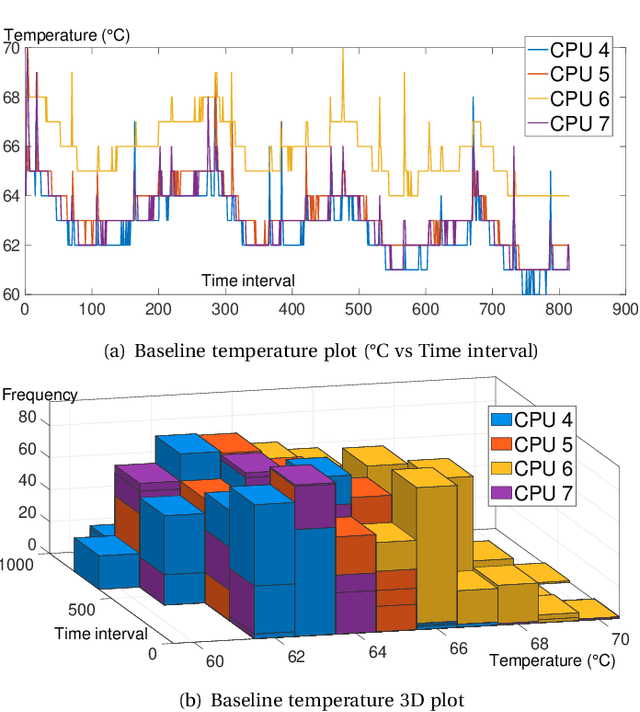



Abstract:Given the constant rise in utilizing embedded devices in daily life, side channels remain a challenge to information flow control and security in such systems. One such important security flaw could be exploited through temperature side-channel attacks, where heat dissipation and propagation from the processing elements are observed over time in order to deduce security flaws. In our proposed methodology, DATE: Defense Against TEmperature side-channel attacks, we propose a novel approach of reducing spatial and temporal thermal gradient, which makes the system more secure against temperature side-channel attacks, and at the same time increases the reliability of the device in terms of lifespan. In this paper, we have also introduced a new metric, Thermal-Security-in-Multi-Processors (TSMP), which is capable of quantifying the security against temperature side-channel attacks on computing systems, and DATE is evaluated to be 139.24% more secure at the most for certain applications than the state-of-the-art, while reducing thermal cycle by 67.42% at the most.
TMAV: Temporal Motionless Analysis of Video using CNN in MPSoC
Feb 18, 2019



Abstract:Analyzing video for traffic categorization is an important pillar of Intelligent Transport Systems. However, it is difficult to analyze and predict traffic based on image frames because the representation of each frame may vary significantly within a short time period. This also would inaccurately represent the traffic over a longer period of time such as the case of video. We propose a novel bio-inspired methodology that integrates analysis of the previous image frames of the video to represent the analysis of the current image frame, the same way a human being analyzes the current situation based on past experience. In our proposed methodology, called IRON-MAN (Integrated Rational prediction and Motionless ANalysis), we utilize Bayesian update on top of the individual image frame analysis in the videos and this has resulted in highly accurate prediction of Temporal Motionless Analysis of the Videos (TMAV) for most of the chosen test cases. The proposed approach could be used for TMAV using Convolutional Neural Network (CNN) for applications where the number of objects in an image is the deciding factor for prediction and results also show that our proposed approach outperforms the state-of-the-art for the chosen test case. We also introduce a new metric named, Energy Consumption per Training Image (ECTI). Since, different CNN based models have different training capability and computing resource utilization, some of the models are more suitable for embedded device implementation than the others, and ECTI metric is useful to assess the suitability of using a CNN model in multi-processor systems-on-chips (MPSoCs) with a focus on energy consumption and reliability in terms of lifespan of the embedded device using these MPSoCs.
MAT-CNN-SOPC: Motionless Analysis of Traffic Using Convolutional Neural Networks on System-On-a-Programmable-Chip
Aug 14, 2018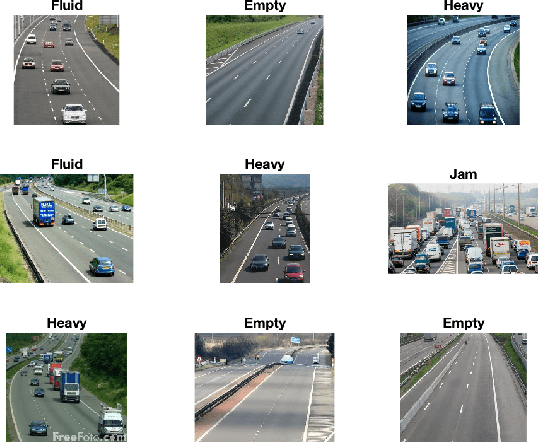
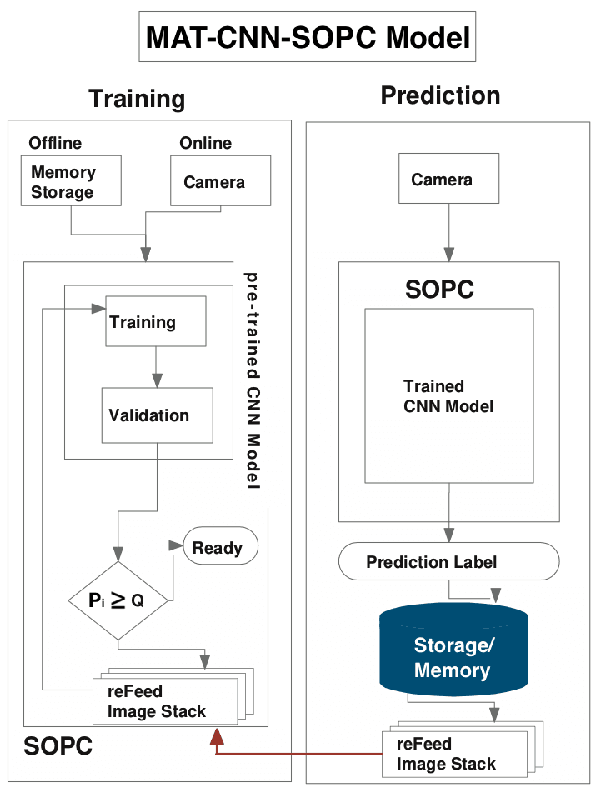
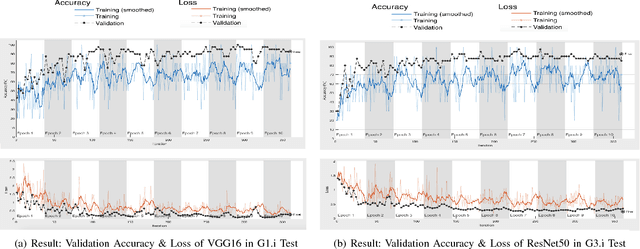
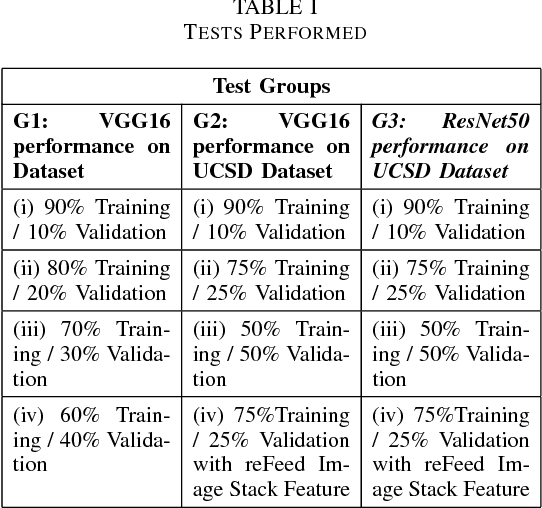
Abstract:Intelligent Transportation Systems (ITS) have become an important pillar in modern "smart city" framework which demands intelligent involvement of machines. Traffic load recognition can be categorized as an important and challenging issue for such systems. Recently, Convolutional Neural Network (CNN) models have drawn considerable amount of interest in many areas such as weather classification, human rights violation detection through images, due to its accurate prediction capabilities. This work tackles real-life traffic load recognition problem on System-On-a-Programmable-Chip (SOPC) platform and coin it as MAT-CNN- SOPC, which uses an intelligent re-training mechanism of the CNN with known environments. The proposed methodology is capable of enhancing the efficacy of the approach by 2.44x in comparison to the state-of-art and proven through experimental analysis. We have also introduced a mathematical equation, which is capable of quantifying the suitability of using different CNN models over the other for a particular application based implementation.
* 6 pages, 3 figures, 2 tables
 Add to Chrome
Add to Chrome Add to Firefox
Add to Firefox Add to Edge
Add to Edge